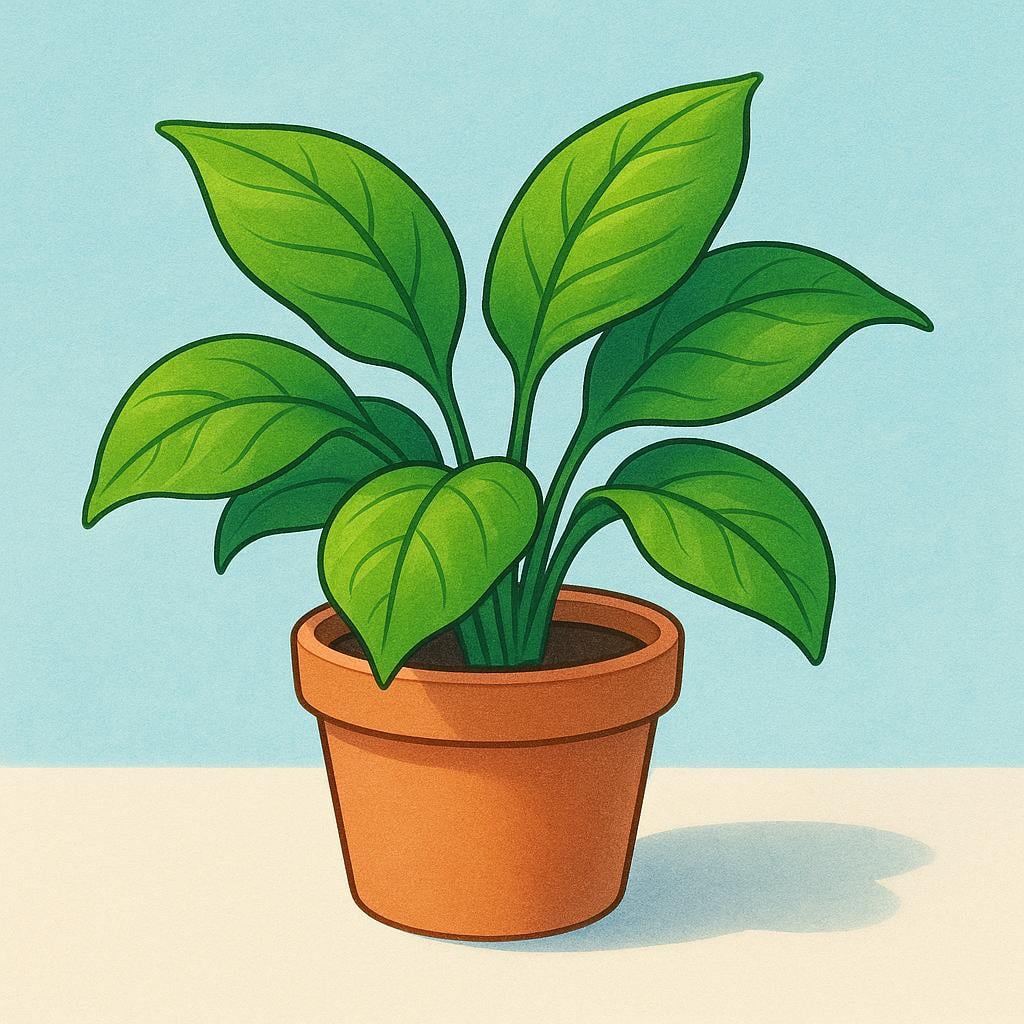viva
/bee-bah/
long live

Depicting a cheer or acclamation, meaning 'long live!'
viva(Interjection)
long live
?A cheer for a person, country, or idea
hooray for
?Expressing support or happiness
,hurrah for
?A shout of joy or approval
📝 In Action
¡Viva México! ¡Viva la independencia!
A2Long live Mexico! Long live independence!
Cuando los novios salieron, todos gritaron: '¡Vivan los novios!'
B1When the bride and groom came out, everyone shouted: 'Long live the newlyweds!'
💡 Grammar Points
Using 'Viva' for Groups
When cheering for more than one person or thing, it changes to 'vivan'. For example, '¡Viva la reina!' (for one queen) but '¡Vivan los reyes!' (for the king and queen).
⭐ Usage Tips
How to Use It
Think of '¡Viva...!' as a way to shout your enthusiastic support for something. It's full of energy and positive feeling, perfect for parties, national holidays, and concerts.

Representing the state of being 'alive,' vibrant, and not dead.
viva(Adjective)
alive
?Not dead
,living
?Currently existing
bright
?For a color
,vivid
?For a description or memory
,sharp / clever
?Describing a person's intelligence
📝 In Action
A pesar del accidente, la conductora está viva.
A2Despite the accident, the driver is alive.
La tradición de la fiesta sigue muy viva en el pueblo.
B1The festival tradition is still very much alive in the town.
Hizo una descripción muy viva de sus vacaciones.
B2She gave a very vivid description of her vacation.
💡 Grammar Points
Matching the Noun
As an adjective, 'viva' must match the person or thing it describes. Use 'viva' for feminine things ('la planta viva') and 'vivo' for masculine things ('el perro vivo').
❌ Common Pitfalls
Mixing up with 'ser' and 'estar'
Mistake: "La flor es viva."
Correction: La flor está viva. Use 'estar' to talk about the state of being alive, which can change. Use 'ser' for inherent qualities, like 'Ella es una persona muy viva' (She is a very sharp person).

Illustrating the act of existing or 'living' life.
📝 In Action
Espero que mi abuela viva muchos años más.
B1I hope that my grandmother lives many more years.
El médico quiere que yo viva sin estrés.
B1The doctor wants me to live without stress.
¡Viva usted su vida!
B2Live your life! (formal command)
💡 Grammar Points
The 'Wishing' Verb Form (Subjunctive)
'Viva' is a special verb form used after words that express wishes, doubts, or emotions, like 'espero que' (I hope that) or 'quiero que' (I want that). It signals that something isn't a sure fact.
Formal Commands
You also use 'viva' to give a polite, formal command to one person ('usted'). For example, a doctor might say, 'Viva una vida más sana' (Live a healthier life).
🔄 Conjugations
indicative
present
imperfect
preterite
subjunctive
present
imperfect
✏️ Quick Practice
💡 Quick Quiz: viva
Question 1 of 1
Which sentence uses 'viva' as a cheer?
📚 More Resources
Frequently Asked Questions
What's the difference between 'viva' and 'vive'?
Great question! 'Vive' is a simple statement of fact: 'Él vive en España' (He lives in Spain). 'Viva' is used for cheers ('¡Viva la vida!') or for wishes, doubts, and commands: 'Espero que ella viva bien' (I hope that she lives well). So, 'vive' states a reality, while 'viva' often expresses a hope or a feeling.
Why does 'viva' sometimes become 'vivan'?
It changes to match how many people or things you're talking about. Use 'viva' for one thing ('¡Viva el chocolate!') and 'vivan' for more than one ('¡Vivan los perros!'). It's just like how adjectives change for singular and plural.